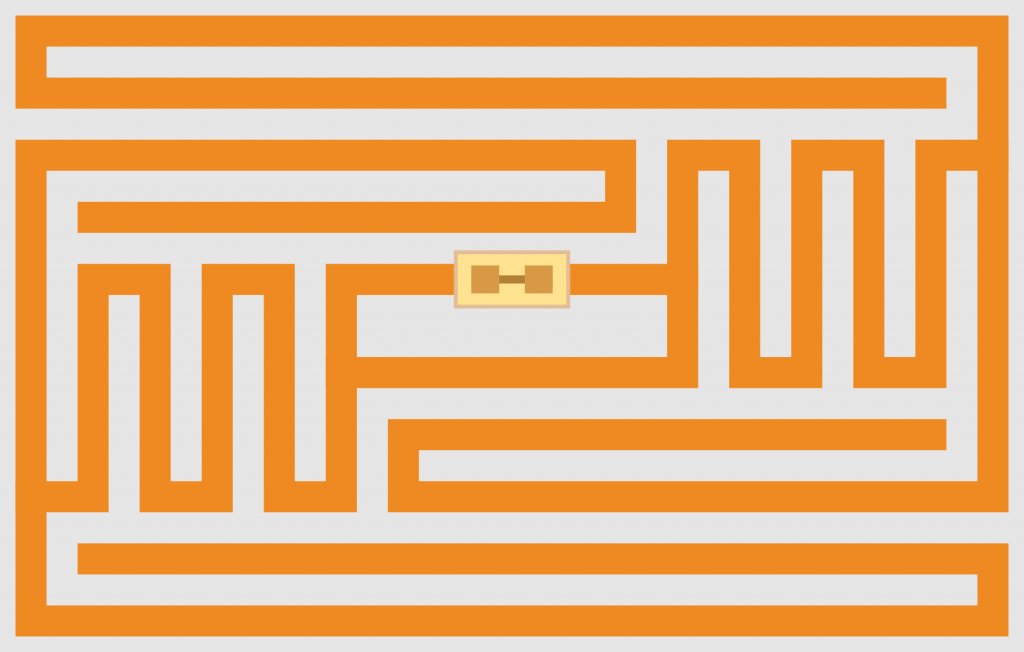-
Tips for becoming a good boxer - November 6, 2020
-
7 expert tips for making your hens night a memorable one - November 6, 2020
-
5 reasons to host your Christmas party on a cruise boat - November 6, 2020
-
What to do when you’re charged with a crime - November 6, 2020
-
Should you get one or multiple dogs? Here’s all you need to know - November 3, 2020
-
A Guide: How to Build Your Very Own Magic Mirror - February 14, 2019
-
Our Top Inspirational Baseball Stars - November 24, 2018
-
Five Tech Tools That Will Help You Turn Your Blog into a Business - November 24, 2018
-
How to Indulge on Vacation without Expanding Your Waist - November 9, 2018
-
5 Strategies for Businesses to Appeal to Today’s Increasingly Mobile-Crazed Customers - November 9, 2018
Technique Processes Signals From RFID Tags With Speed Sufficient For Real-Time Interactivity
Disney Research has teamed up with Carnegie Mellon University (CMU) researchers to include standard radio-frequency identification (RFID) tags into game controllers.
Advertisement
The tags are stuck on, printed or drawn onto the paper to create interactive, lightweight interfaces capable of doing anything from controlling music using a paper baton, to live polling in a classroom.
According to Disney Research’s paper, “We demonstrated how a designer can use RFID tags to add affordable, wireless, low-footprint, batteryless, low-latency input sensing to objects”.
As paper turns to smartpaper, it opens new doors for researchers to turn what used to be expensive technology into an affordable one. A reader device is placed in the room where the tags are being used, which is then able to identify each one individually. For example, a sticker tag may work well for an on/off button, while multiple tags positioned side-by-side on a piece of paper could act as sliders and knobs.
Users interact with the device just as with any other touchscreen – through swiping, covering or waving the hand in front of the tags.
Using algorithms that recognise these interruptions and movements, PaperID can determine what the user actually wants the IoT paper to do, such as swiping a hand over a tag placed on a pop-up book causing the book to play a specific, programmed sound.
There are many possible uses to give to the smart paper, such as prototyping interactive systems without building the hardware, tracking the speed of moving objects (like a wand used by music conductors), educational and personal use. But that takes precious time, which has made it hard to use RFID tags to control games and other real-time apps.
The UW researchers presented the research at a conference of the Association for Computing Machinery in San Jose. The researchers chose to demonstrate on paper in part because it’s ubiquitous, flexible and recyclable, fitting the intended goal of creating simple, cost-effective interfaces that can be made quickly on demand for small tasks.
Hanchuan Li is a UW graduate student and was the lead author.
Since you can slap a cheap RFID tag on pretty much anything, the system can even be used to create interactive storybooks.
Advertisement
The RapID research team also included Andrew Spielberg, a Disney Research intern who is a Ph.D. student at MIT.




























